选择热点
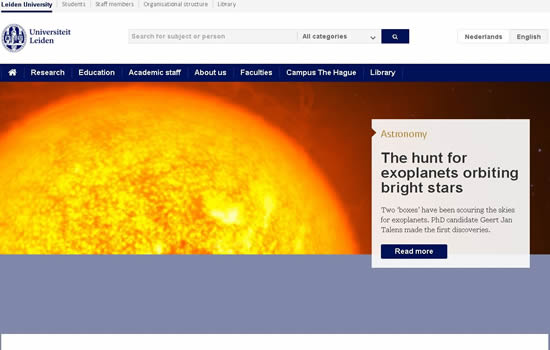 荷兰莱顿大学
荷兰莱顿大学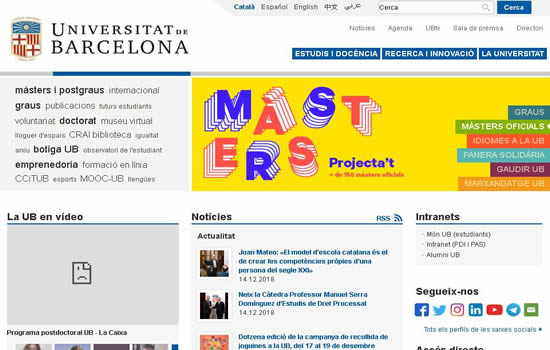 西班牙巴塞罗那大学
西班牙巴塞罗那大学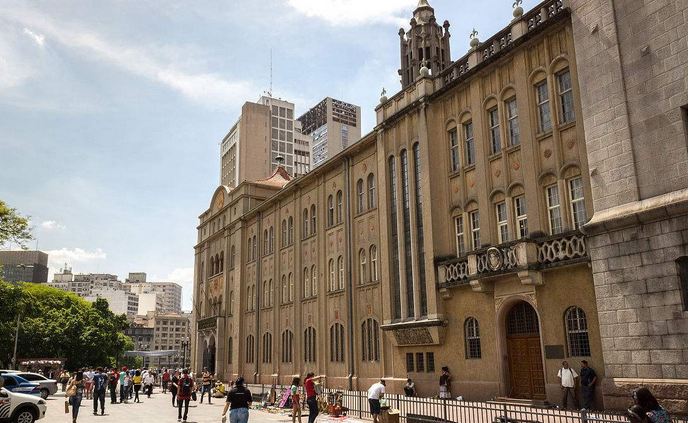 巴西圣保罗大学 University of Sao Paulo, Brazil
巴西圣保罗大学 University of Sao Paulo, Brazil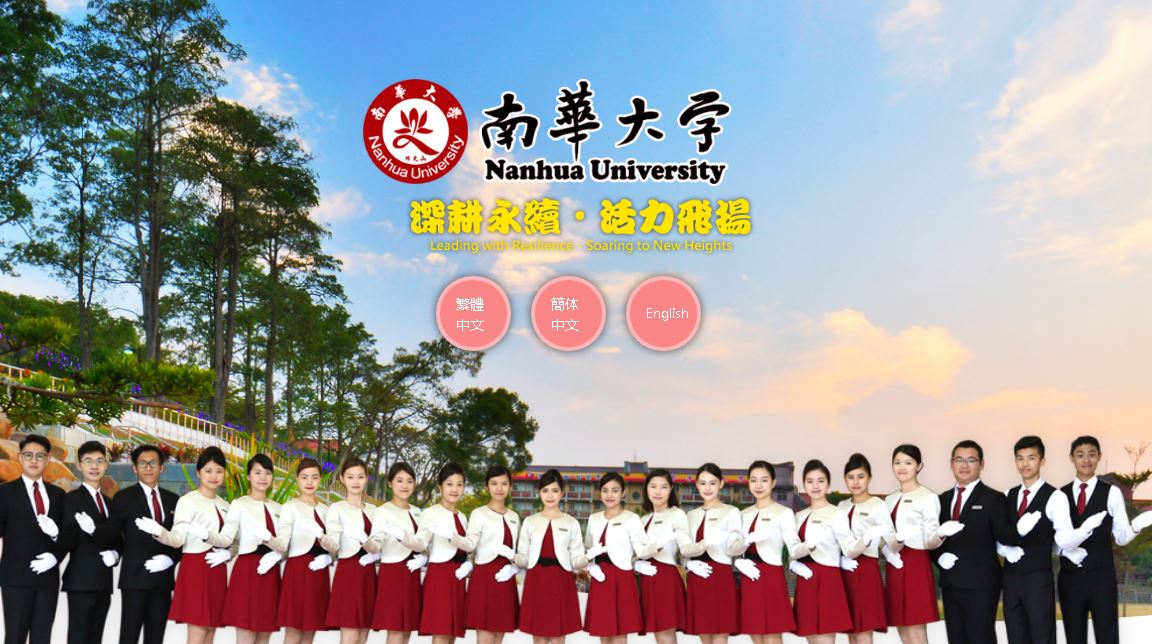 台湾南华大学 University of South China in Taiwan
台湾南华大学 University of South China in Taiwan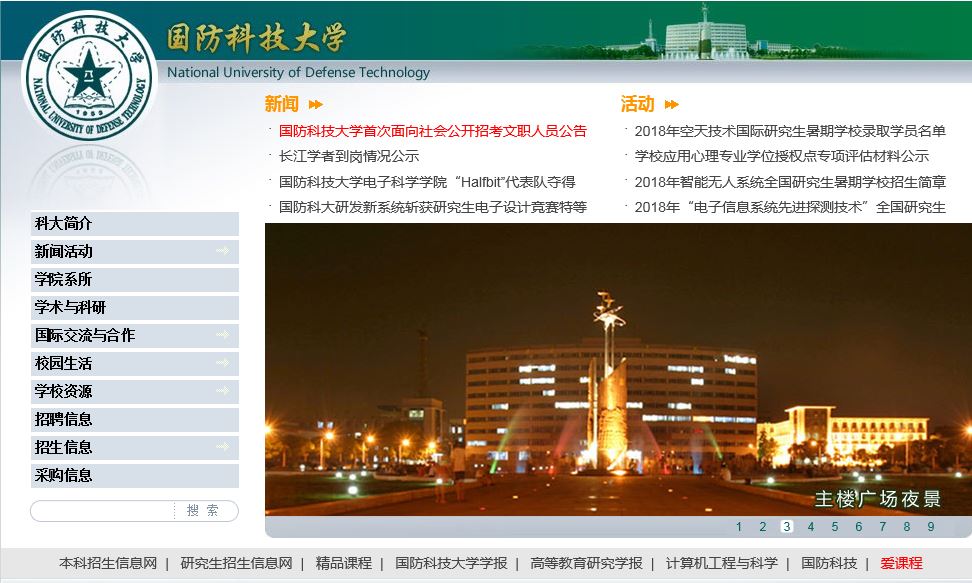 科技大学 National University of Defense Technology
科技大学 National University of Defense Technology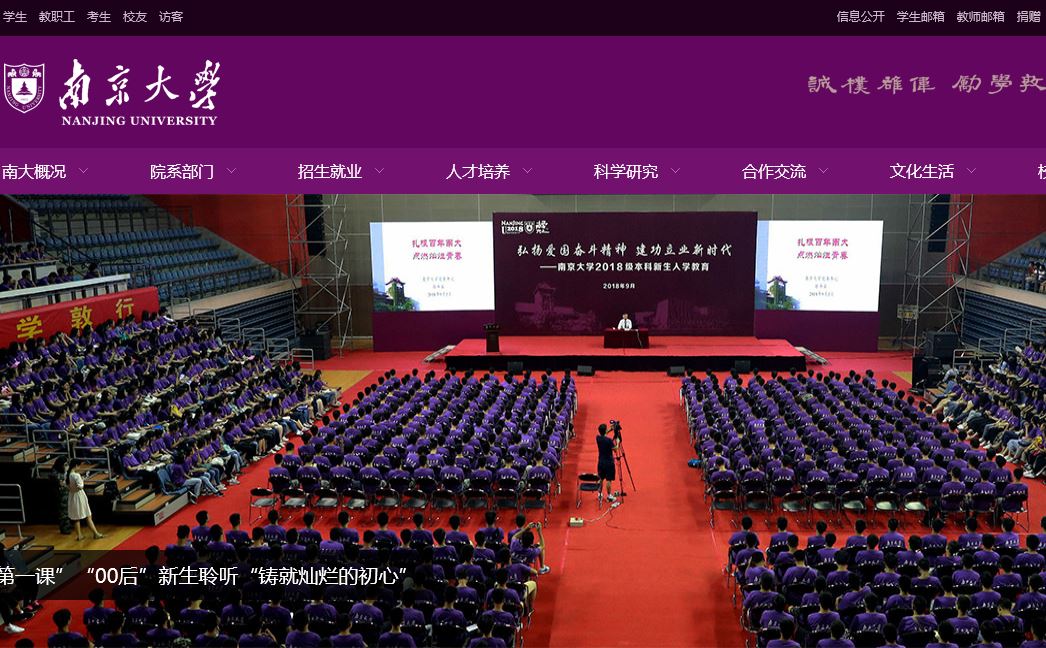 南京大学 Nanjing University
南京大学 Nanjing University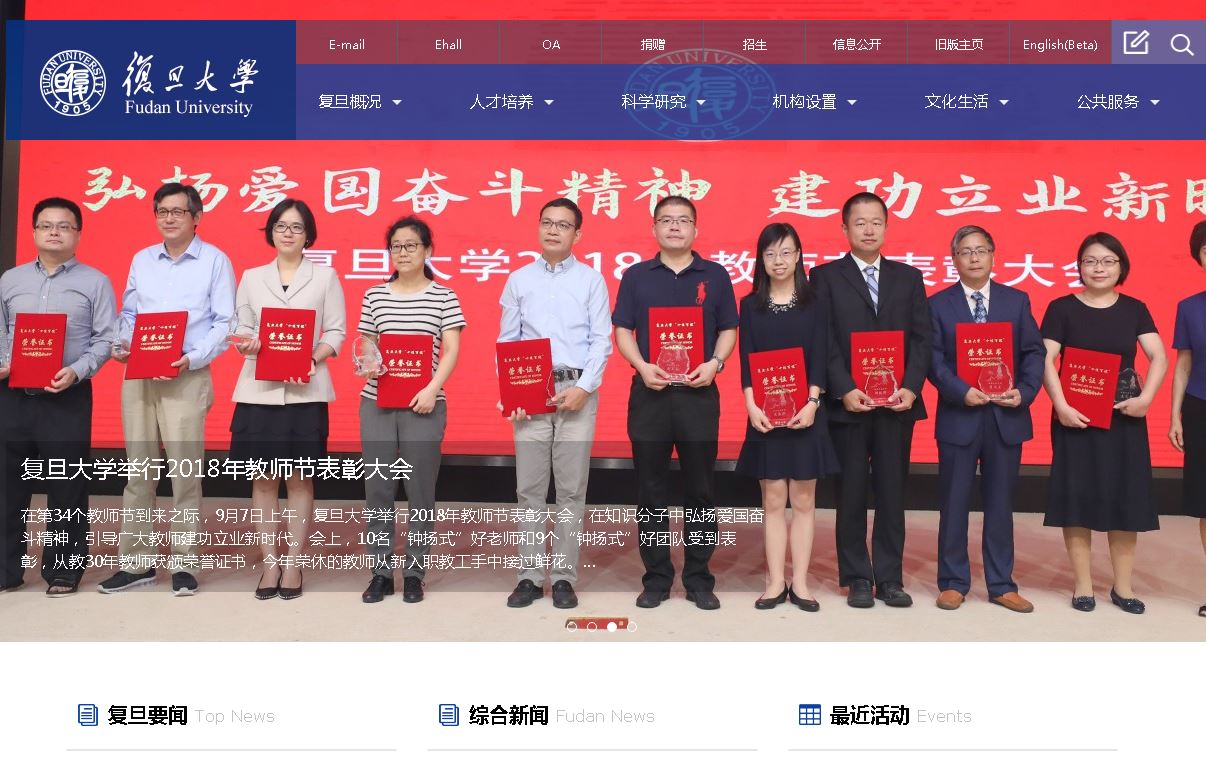 上海复旦大学 Fudan University
上海复旦大学 Fudan University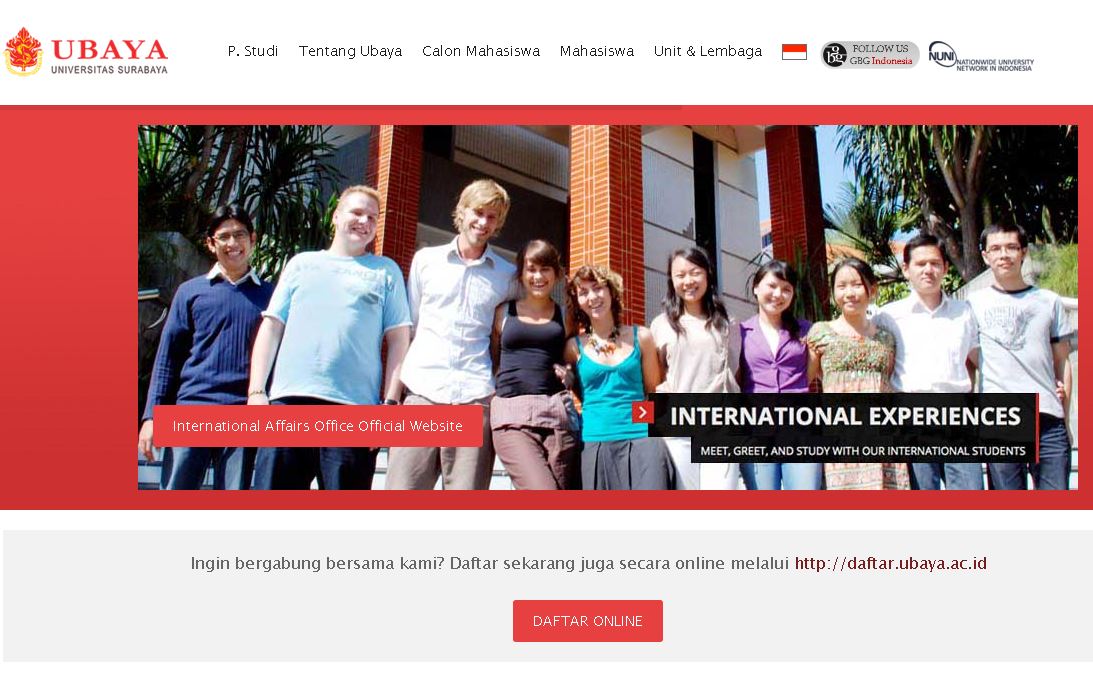 泗水大学(Ubaya)
泗水大学(Ubaya)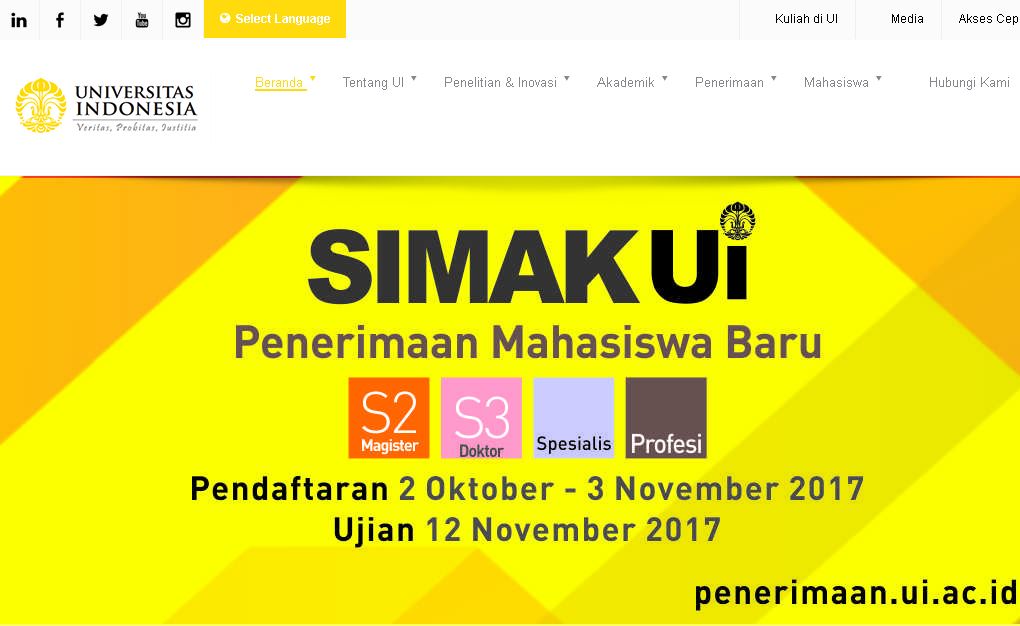 印尼大学 universitas indonesia
印尼大学 universitas indonesia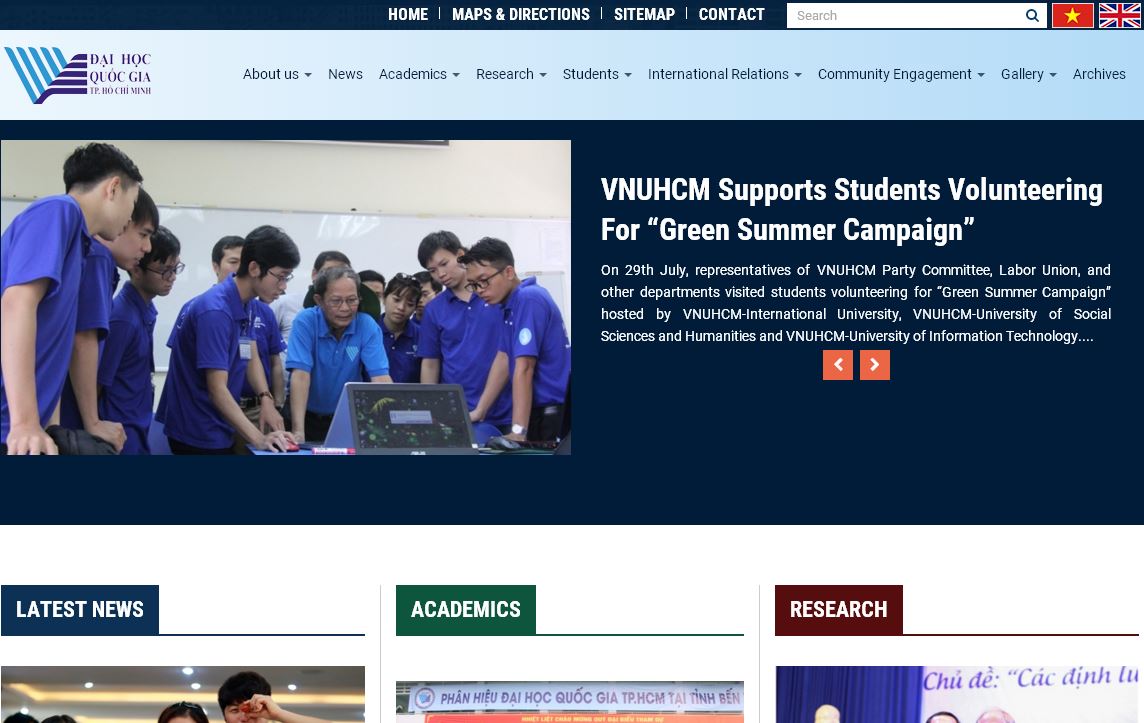 越南某大学 Vietnam National University
越南某大学 Vietnam National University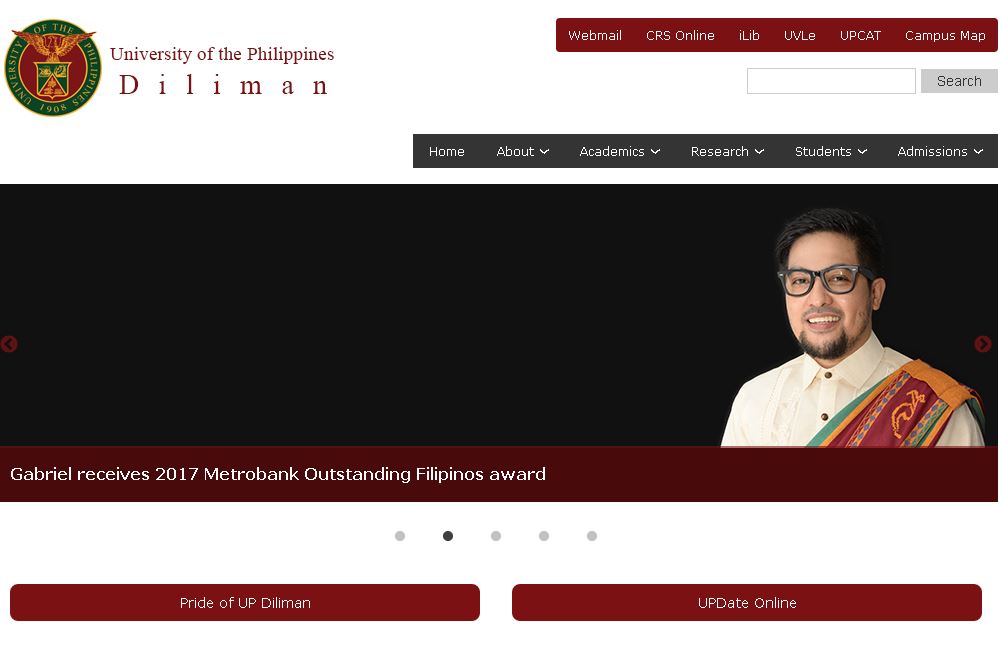 菲律宾大学 University Of The Philippines
菲律宾大学 University Of The Philippines
福岛县让这些爷爷奶奶变成了热心的辐射检测员
发布时间:2025-01-06
来源:大学网站
Fukushima Has Turned These Grandparents Into Avid Radiation Testers福岛县让这些爷爷奶奶变成了热心的辐射检测员Takenori Kobayashi (left) and his wife Tomoko Kobayashi bring soil samples into what they refer to as a "grandma and grandpa lab" to test it for radiation, in Fukushima prefecture, Japan.
在日本福岛县,小林武彦(左)和他的妻子小林智子带着土壤样本进入他们称之为奶奶和爷爷实验室”的地方测试辐射。
Takenori Kobayashi lugs a garbage bag full of soil across a parking lot to an unmarked office.
His wife, Tomoko, holds the door to a tiny work space with lab equipment and computers set up.
On the edge of Fukushima's former nuclear exclusion zone, this is the place the couple likes to call their "grandma and grandpa lab.
"小林武彦拖着装满土壤的垃圾袋穿过停车场,来到一间没有标识的办公室。
他的妻子智子扶着门,来到一个布置了实验室设备和电脑的小工作空间。
这里位于福岛前核禁区的边缘,这对夫妇喜欢把这里称为他们的奶奶和爷爷的实验室”。
It started as a makeshift operation in the city of Minamisoma the year after the 2011 nuclear disaster, when people — mostly elderly — returned to the area and were worried about high radiation levels in their food and soil.
2011年核灾难发生后的第二年,南相马市开始了一次临时行动,当时人们——大部分是老年人——返回该地区,担心他们的食物和土壤中的高辐射水平。
"We've given up hope that our children and grandchildren will come back to live here," Tomoko, 67, says.
Most young people decided to start lives elsewhere rather than return, not wanting to take the risks with radiation.
"But in order for them to come back and visit us," she continues, "we need to know everything is safe.
So we test it all.
"67岁的智子说:我们已经放弃了让我们的子孙后代回到这里生活的希望。
”大多数年轻人决定从别处开始生活,而不是返回,因为他们不想冒辐射的风险。
”但为了让他们回来探望我们,她继续说,”我们需要知道一切都是安全的。
所以我们都要测试一下。
”Citizen science like this flourished in Fukushima after the nuclear disaster in 2011, when a tsunami triggered explosions at the Daiichi Nuclear Power Plant.
The wind carried radioactive material for miles, covering whole towns and neighborhoods with dangerous, yet invisible, particles.
2011年福岛核灾难发生后,这样的公民科学在福岛盛行起来,当时海啸引发了第一核电站的爆炸。
风把放射性物质吹了几英里远,带着危险却看不见的微粒,覆盖了整个城镇和社区。
For weeks after the disaster, information was scarce and trust in the Japanese government plummeted.
And now, almost a decade later, wide arrays of residents have taken it upon themselves to collect radiation data — from mothers worried about their kids to surfers monitoring beaches to individuals with Geiger counters in their homes — to help regain a sense of control.
灾难发生后的几周内,信息匮乏,人们对日本政府的信任急剧下降。
现在,将近十年过去了,大量的居民开始自行收集辐射数据——从担心孩子的母亲到监控海滩的冲水者,再到在家中安装盖革计数器的个人——以帮助重新获得控制感。
Inside the lab, the Kobayashis pair get to work.
One measures out soil into small containers, the other starts labeling — so coordinated and practiced, it's almost like a dance.
They put the samples through a donated gamma counter, a big cylindrical machine that measures radioactive particles.
Today, they're testing soil from a nearby farm.
在实验室里,小林夫妇开始工作。
一个把土壤测量后放到小容器里,另一个开始标记——如此协调和熟练,几乎像一种舞蹈。
他们将样本放入一个捐赠的伽马计数器中,这是一个测量放射性粒子的大圆柱形机器。
今天,他们正在测试附近农场的土壤。
A handful of other residents help run the lab, and throughout the years, experts from nearby universities have come to teach them all about the different equipment and radiation science.
其他一些居民帮助运营实验室,多年来,附近大学的专家一直来这里教他们不同的设备和辐射科学。
"All the grandparents here are radiation professionals now," Takenori, 71, says with a smile.
71岁的武彦微笑着说:现在这里的爷爷奶奶都是辐射专业人士。
”Before the disaster, he was an accountant, and Tomoko helped run a nearby inn that has been in her family for generations.
When the disaster happened, they were forced to evacuate for five years.
But when they were allowed to come back home in 2016, they reopened the inn — and learned everything they could about radiation.
在灾难发生之前,他是一名会计,智子帮忙经营了附近一家世代相传的旅馆。
灾难发生时,他们被迫撤离5年。
但是当他们在2016年被允许回到家乡时,他们重新开张了这家旅馆,并且学习了关于辐射的一切知识。
"We never thought we'd be doing this.
What normal person would expect this?
" says Tomoko with a chuckle.
"But anyone who faces this kind of situation has to become a scientist to survive.
"我们从没想过我们会这样做。
正常的人会怎么想呢?
”智子笑着说。
但任何面临这种情况的人都必须成为科学家才能生存。
”【福岛县让这些爷爷奶奶变成了热心的辐射检测员查看网站:[db:时间]】
在日本福岛县,小林武彦(左)和他的妻子小林智子带着土壤样本进入他们称之为奶奶和爷爷实验室”的地方测试辐射。
Takenori Kobayashi lugs a garbage bag full of soil across a parking lot to an unmarked office.
His wife, Tomoko, holds the door to a tiny work space with lab equipment and computers set up.
On the edge of Fukushima's former nuclear exclusion zone, this is the place the couple likes to call their "grandma and grandpa lab.
"小林武彦拖着装满土壤的垃圾袋穿过停车场,来到一间没有标识的办公室。
他的妻子智子扶着门,来到一个布置了实验室设备和电脑的小工作空间。
这里位于福岛前核禁区的边缘,这对夫妇喜欢把这里称为他们的奶奶和爷爷的实验室”。
It started as a makeshift operation in the city of Minamisoma the year after the 2011 nuclear disaster, when people — mostly elderly — returned to the area and were worried about high radiation levels in their food and soil.
2011年核灾难发生后的第二年,南相马市开始了一次临时行动,当时人们——大部分是老年人——返回该地区,担心他们的食物和土壤中的高辐射水平。
"We've given up hope that our children and grandchildren will come back to live here," Tomoko, 67, says.
Most young people decided to start lives elsewhere rather than return, not wanting to take the risks with radiation.
"But in order for them to come back and visit us," she continues, "we need to know everything is safe.
So we test it all.
"67岁的智子说:我们已经放弃了让我们的子孙后代回到这里生活的希望。
”大多数年轻人决定从别处开始生活,而不是返回,因为他们不想冒辐射的风险。
”但为了让他们回来探望我们,她继续说,”我们需要知道一切都是安全的。
所以我们都要测试一下。
”Citizen science like this flourished in Fukushima after the nuclear disaster in 2011, when a tsunami triggered explosions at the Daiichi Nuclear Power Plant.
The wind carried radioactive material for miles, covering whole towns and neighborhoods with dangerous, yet invisible, particles.
2011年福岛核灾难发生后,这样的公民科学在福岛盛行起来,当时海啸引发了第一核电站的爆炸。
风把放射性物质吹了几英里远,带着危险却看不见的微粒,覆盖了整个城镇和社区。
For weeks after the disaster, information was scarce and trust in the Japanese government plummeted.
And now, almost a decade later, wide arrays of residents have taken it upon themselves to collect radiation data — from mothers worried about their kids to surfers monitoring beaches to individuals with Geiger counters in their homes — to help regain a sense of control.
灾难发生后的几周内,信息匮乏,人们对日本政府的信任急剧下降。
现在,将近十年过去了,大量的居民开始自行收集辐射数据——从担心孩子的母亲到监控海滩的冲水者,再到在家中安装盖革计数器的个人——以帮助重新获得控制感。
Inside the lab, the Kobayashis pair get to work.
One measures out soil into small containers, the other starts labeling — so coordinated and practiced, it's almost like a dance.
They put the samples through a donated gamma counter, a big cylindrical machine that measures radioactive particles.
Today, they're testing soil from a nearby farm.
在实验室里,小林夫妇开始工作。
一个把土壤测量后放到小容器里,另一个开始标记——如此协调和熟练,几乎像一种舞蹈。
他们将样本放入一个捐赠的伽马计数器中,这是一个测量放射性粒子的大圆柱形机器。
今天,他们正在测试附近农场的土壤。
A handful of other residents help run the lab, and throughout the years, experts from nearby universities have come to teach them all about the different equipment and radiation science.
其他一些居民帮助运营实验室,多年来,附近大学的专家一直来这里教他们不同的设备和辐射科学。
"All the grandparents here are radiation professionals now," Takenori, 71, says with a smile.
71岁的武彦微笑着说:现在这里的爷爷奶奶都是辐射专业人士。
”Before the disaster, he was an accountant, and Tomoko helped run a nearby inn that has been in her family for generations.
When the disaster happened, they were forced to evacuate for five years.
But when they were allowed to come back home in 2016, they reopened the inn — and learned everything they could about radiation.
在灾难发生之前,他是一名会计,智子帮忙经营了附近一家世代相传的旅馆。
灾难发生时,他们被迫撤离5年。
但是当他们在2016年被允许回到家乡时,他们重新开张了这家旅馆,并且学习了关于辐射的一切知识。
"We never thought we'd be doing this.
What normal person would expect this?
" says Tomoko with a chuckle.
"But anyone who faces this kind of situation has to become a scientist to survive.
"我们从没想过我们会这样做。
正常的人会怎么想呢?
”智子笑着说。
但任何面临这种情况的人都必须成为科学家才能生存。
”【福岛县让这些爷爷奶奶变成了热心的辐射检测员查看网站:[db:时间]】
- 上一篇: 二级飓风萨利在阿拉巴马-佛罗里达沿线附近登陆
- 下一篇: 快速蔓延的野火摧毁了华盛顿州东部80%的小镇
相关阅读
目录列表
资讯列表
英语资讯


共0条评论
网友评论温馨提示:您的评论需要经过审核才能显示,请文明发言!